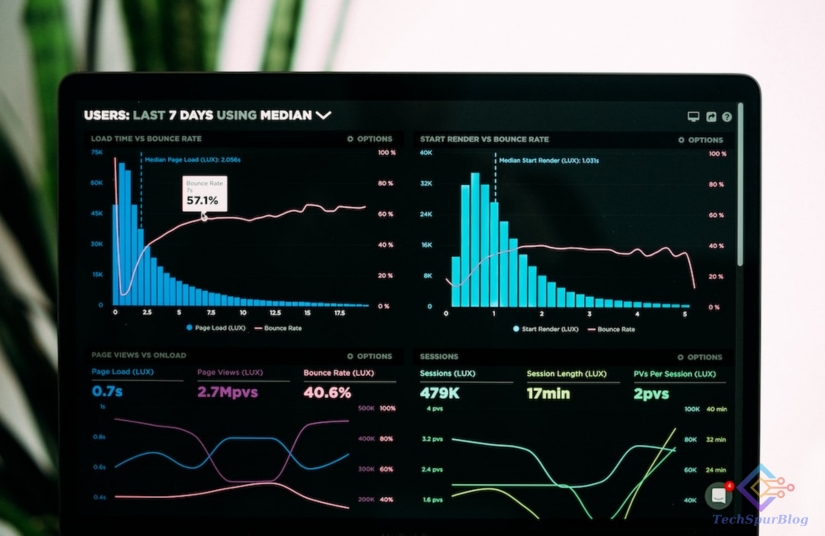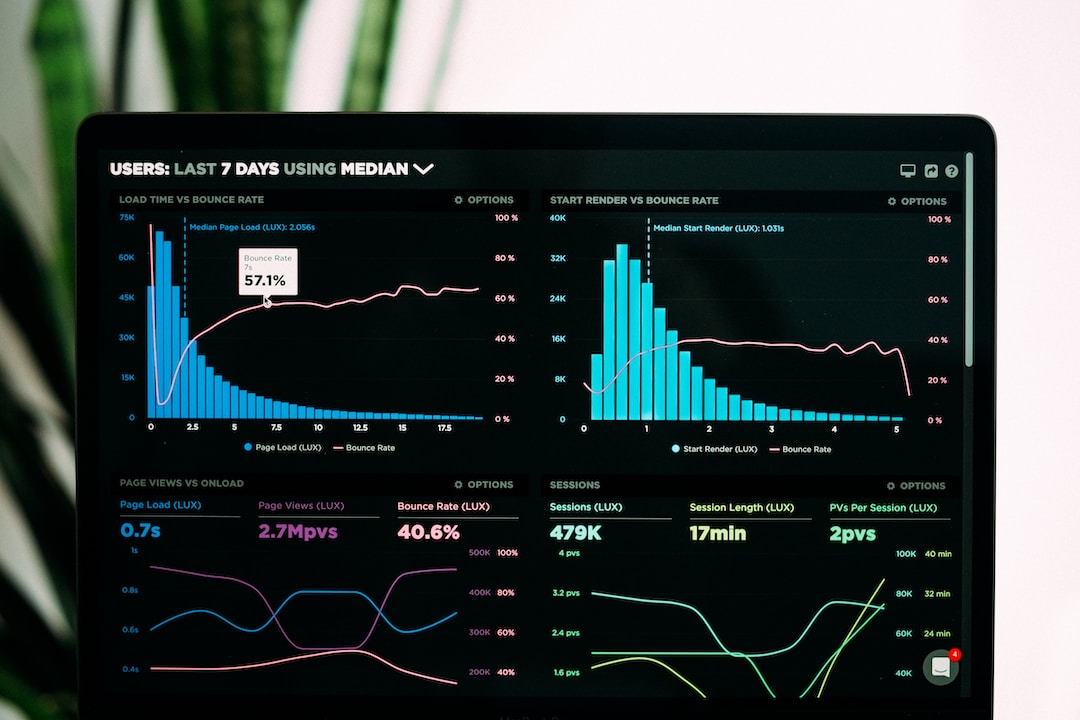
In the data-driven age, one of the most crucial steps to extracting valuable insights is data normalization. The process of converting raw data into a standardized frame is not only important but essential. Among the various normalization techniques, one stands the test of time the process of histogram normalization. It is a versatile technique that, when applied properly, can drastically improve the clarity and depth of data insights. In this article, let’s delve into the nitty-gritty details of histogram normalization and understand its implications.
Understanding Histogram Normalization

Histogram normalization is a critical process in data analysis. It involves adjusting the histogram of an image or a data set so that its intensity values are evenly distributed across the histogram. This process equates to the redistribution of the pixel brightness values of an image, allowing a more balanced contrast.
Through histogram normalization, the distribution of data points within the histogram can be normalized or standardized. This essentially eliminates any skewness in the data, thereby making it more representative of the underlying population.
This technique is particularly useful when dealing with images or data sets that are either too dark or too light. Normalizing the histogram allows for better image recognition and detection, enhancing the overall data interpretation process.
Essentially, the main goal of histogram normalization is to equalize the distribution of data points within a data set, making it more representative of the overall population and easier to interpret.
Also Read: Unveiling Essential Tips and Tricks for Excel Mastery
The Importance of Transforming Raw Data

Transforming raw data is crucial in drawing meaningful insights from it. Raw data is merely a collection of numbers and strings that lack any real significance on their own. It is through the process of transformation and analysis that raw data begins to hold value.
In the realm of data science and analytics, raw data is like an unrefined gem. It holds a lot of potential but requires a fair amount of work to unlock its true worth. Data transformation techniques, such as normalization, ensure this potential isn’t wasted.
Moreover, transforming raw data aids in revealing underlying patterns and trends that could potentially be missed in the unaltered state. It helps in cleaning the data and making it more usable and compatible with analytical models and tools.
The process also helps in simplifying and accelerating the process of data interpretation. Raw data, on its own, can be overwhelming and difficult to comprehend. Transforming it into a clearer, more digestible format helps bridge the gap between data and comprehension.
Also Read: What is data integration and how is it related to data analysis?
Future Implications of Using Histogram Normalization
Given the ongoing advancements in data science and AI, the importance of histogram normalization is bound to increase. As we head toward a more data-driven future, the technique will remain a critical tool for transforming raw data into valuable insights.
In the sphere of artificial intelligence, neural networks are increasingly being used in various domains. Histogram normalization serves these networks by providing them with more uniform and standardized data sets, thereby enhancing performance and subsequent results.
Moreover, in fields such as medical imaging and remote sensing where image quality is paramount, the application of histogram normalization would continue to hold significant value. It provides a simple, yet effective solution to challenges regarding contrast and brightness variations in images.
The role of histogram normalization in the world of data analysis seems bright and crucial. It will continue to aid professionals across different domains in gaining a better understanding of their data, leading to more informed decision-making processes.
Altogether, the effectiveness of histogram normalization in data analysis and interpretation can’t be overstated. This technique stands as an indispensable tool for transforming raw data into meaningful insights. As we move deeper into the era of data science, the demand and importance of histogram normalization will continue to rise.

Leave a Reply